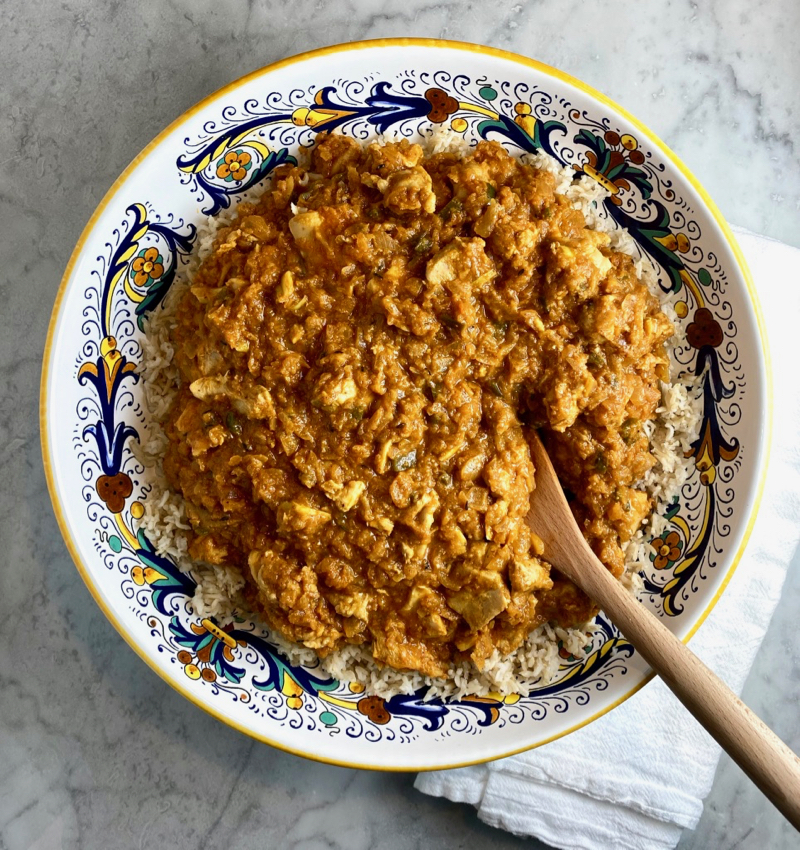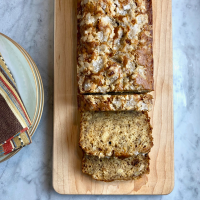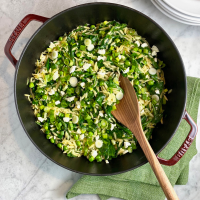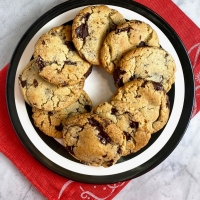
This is an amazing vegetarian version of one of my favorite dishes. It was absolutely packed with flavor. I served it with Turkish bulgur and vegetable pilaf on the side- perfect.
This recipe was adapted from The New York Times, contributed by Melissa Clark. I modified the method and proportions. I roasted one large red onion but would consider using two next time.
We ate the filling served on warm mini naan. As it was completely overstuffed, we had to use utensils to eat it. The filling could also be stuffed in a pita or served on a larger flatbread.
Yield: 4 servings
For the Filling:
- 1/2 cup (8 T) extra-virgin olive oil, plus more as needed
- 2 1/2 tsp ground cumin
- 2 1/2 tsp sweet paprika
- 1 1/2 tsp fine sea salt, plus more as needed
- 2 tsp ground coriander
- 1/2 tsp ground turmeric
- 1/2 tsp freshly ground black pepper
- 1/4 tsp ground cayenne pepper
- 2 large heads cauliflower (about 2 1/2 pounds each), trimmed and cut into bite-size florets
- 1 or 2 large red onions, cut into 1/4-inch wedges
For the Tahini Sauce:
- 2 T fresh lemon juice, plus more to taste (I used Meyer lemon juice)
- 1/2 tsp Aleppo pepper or 2 tsp harissa paste or other hot sauce, plus more to taste
- 2 fat garlic cloves, finely grated, passed through a press or minced
- 1/2 tsp Diamond Crystal kosher salt or fine sea salt
- 2/3 cup tahini
- 2/3 cup ice water, plus more as needed
For Serving:
- warm naan, pita, or other flatbread
- 1/4 cup coarsely chopped parsley, or more to taste
- chopped tomato, cucumber and olives (I omitted the olives)
- bulgur and vegetable pilaf, optional
- Arrange racks in the upper and lower thirds of your oven. Heat oven to 425 degrees. (I set my oven to convection roast.)
- Line two rimmed sheet pans with parchment paper.
- Prepare the cauliflower: In a large bowl, whisk together olive oil, cumin, paprika, salt, coriander, turmeric, black pepper and cayenne. Add cauliflower and onion, and toss until well coated.
- Divide the mixture and spread in a single layer on the prepared sheet pans.
- Roast vegetables until they are golden brown, slightly crisp and tender, 30 to 40 minutes, stirring once or twice, and rotating the pans halfway through the roasting time. If the vegetables look dry as they roast, drizzle with a little more olive oil. (I roasted the vegetables for 35 minutes on convection.)
- As the vegetables cook, prepare the tahini sauce: Whisk together lemon juice, Aleppo pepper or harissa, garlic and salt in a small bowl, and let sit for a minute or two to mellow the garlic.
- Whisk in tahini.
- Whisk in ice water, 1 tablespoon at a time, until the sauce is smooth and thin enough to drizzle. You may not need all of the water or you may need to add a little more: Tahini brands vary a lot.
- Taste and adjust seasoning, adding more Aleppo pepper or harissa, lemon juice and salt if you like. The sauce should taste zippy and creamy.
- Warm the flatbread by placing them directly on the bottom oven rack during the last 5 minutes as the vegetables roast. (Or you can warm the bread on another baking pan.)
- Scatter parsley on top of the roasted vegetables and serve with warm naan or pita, tahini sauce, chopped tomato, cucumber and olives, as desired.


















